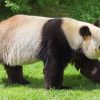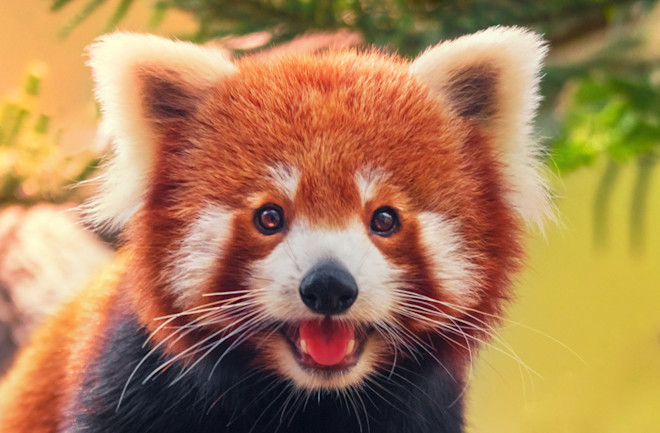
With the diverse range of organisms on our globe, each plays an essential role in our ecosystem, but due to the rapid speed of human development and progression, many animals are now endangered and on the brink of disappearing. Habitat loss, poaching, climate change, and pollution are just some of the reasons animal populations are dwindling.
When a species is endangered, it means that its population is declining at a rapid pace and that there is a high risk of it becoming extinct. This can have serious consequences as each species contributes to maintaining the balance of its habitat.
YOU MAY ALSO LIKE: Prehistoric Animals that Once Roamed the Earth
Many organizations and groups around the world are working to increase protection around endangered species. However, despite these endeavors, many species continue to drop in number.
See a list of the most endangered animals on the planet below
1. Vaquita
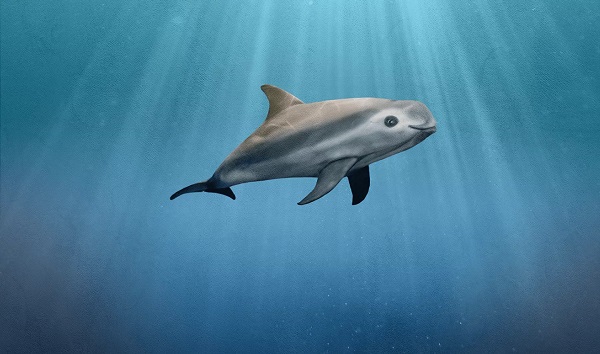
The vaquita is a small porpoise that looks like a small dolphin. Since 1996, the vaquita has been classified by the IUCN as a critically endangered species. Current approximations estimate there to only be about 10 individuals left in the wild.
The biggest threat to vaquitas is fishing and accidental injury from fishing practices. They are also affected by water pollution and climate change.
READ ALSO: Extinct Animals That Lived on Earth
These graceful marine mammals swim in shallow waters and have been found to dive up to 500 feet. When they are caught in nets, they are unable to surface and breathe, which leads to drowning.
2. Javan Rhino
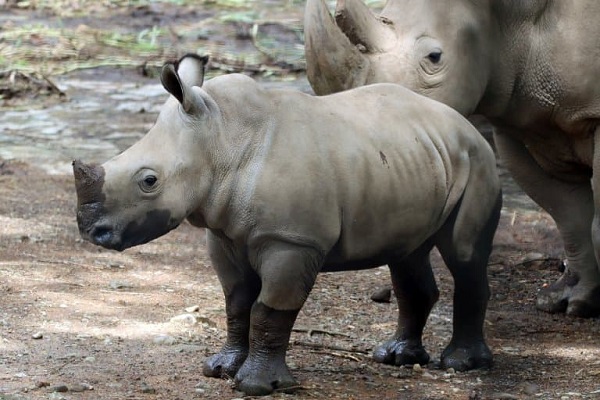
Javan Rhinos are gentle beasts that roam the island of Java in Indonesia in one place, the Ujung Kulon National Park (UKNP). Unfortunately, there are only about 77 Javan rhinos left in the world.
Compared to their African relatives, Javan rhinos are smaller, and they have a singular horn. These horns are composed of the same material that makes up human hair and nails.
Conservation efforts are being put in place in an attempt to save the Javan rhino. Groups are coming together to implement anti-poaching measures and breeding programs.
3. Saola
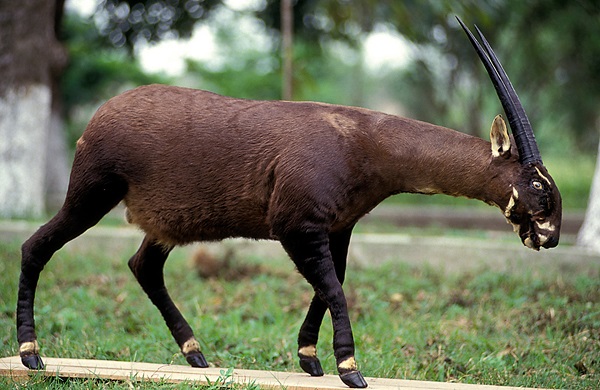
Saolas (pronounced: sow-la) are often called Asian unicorns. They are very elusive animals, and so, the exact number of saolas is hard to ascertain.
Only found in the Annamite Mountains of Vietnam and Laos, saolas were just recently discovered in 1992. None are kept in captivity, and they are rarely spotted in the wild, with very few photos!
It has been proposed that fewer than 100 saolas are remaining.
Saola are the first large mammal new to science in over 50 years. Both males and females have horns that can grow up to 20 inches in length.
4. Amur Leopard
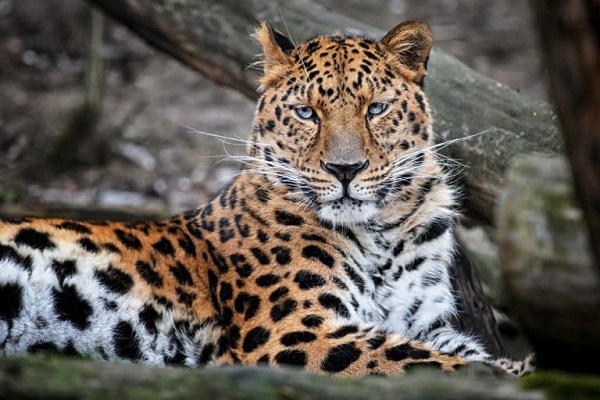
The Amur leopard is a lethal predator that can take down prey up to three times their size. This stealthy feline has often been called “the silent killer”.
They are the most endangered big cat in the world, and their populations have been destroyed due to hunting and habitat loss.
It is estimated that there are approximately 120 Amur leopards left in the world.
5. Kakapo
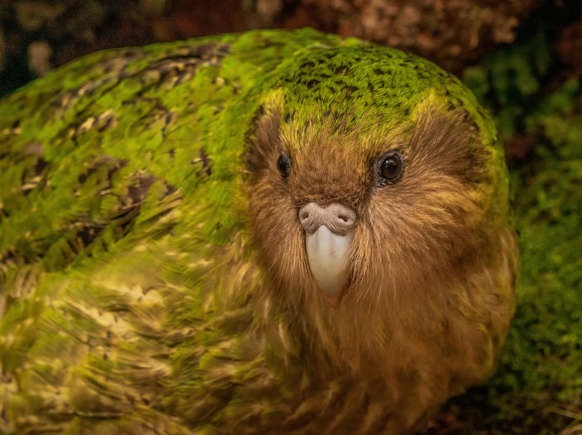
The kakapo is the world’s only flightless parrot and one of the longest-living birds.
It’s native to New Zealand, living in island forests. It’s critically endangered and currently there is a huge effort by New Zealanders to save it from extinction.
The kakapo was almost completely wiped out during European colonization where cats, rats and ferrets were introduced to New Zealand. At one point, the kakapo population had dropped to 49 birds.
RELATED: 10 Interesting Fun Facts About Parrots
The kakapo has been ranked by the Department of Conservation as ‘Nationally Critical’, and as of 2022, the entire adult population was 252 living parrots.
6. Cross River Gorilla
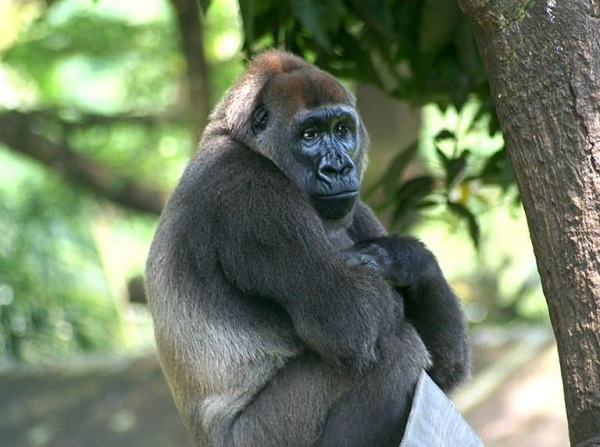
The Cross River Gorilla is one of the two subspecies of the Western gorilla. It lives along the borders of Nigeria and Cameroon and may be the rarest primate in the world.
According to the most updated studies, fewer than 300 individuals remain.
YOU MAY ALSO LIKE: 30 Fascinating Facts About Monkeys
Like many other endangered animals, their decline is mostly due to poaching and human conflict. In some areas, Cross River gorillas are hunted for bushmeat and used in traditional medicines.
7. Sunda Island Tiger
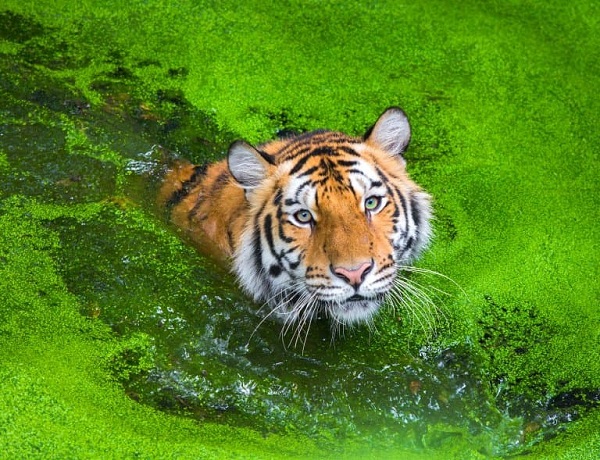
Sunda island tigers are also known as Sumatran tigers. Based on recent data, it has been found that approximately 80% of Sumatran tiger deaths can be attributed to poaching.
These magnificent cats are carnivores, and they hunt large prey, including deer, tapirs, and boars.
In the world, it is estimated that there are fewer than 400 of these incredibly rare Sumatran tigers left, with only 250 in the wild.
8. Tapanuli Orangutan
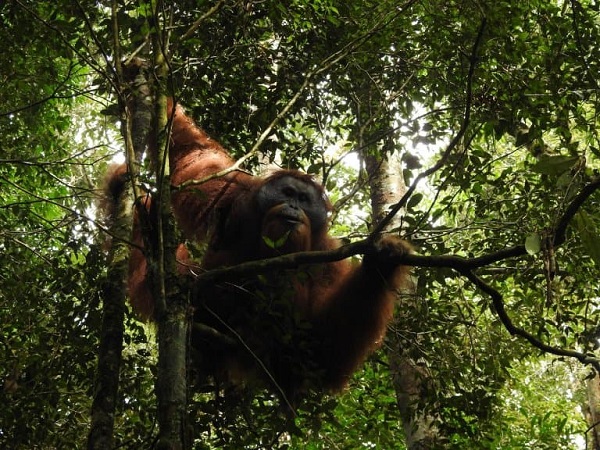
This is the newest species of orangutan that has been discovered. Based on the latest estimates, there area around 800 individuals left in the wild.
There is a single isolated rare population left which can be found in the tropical forests of Sumatra, Indonesia. Orangutans are tree-dwelling animals, and their habitats are being threatened by agriculture, mining, and hydroelectric dams.
Between 1985 and 2007, over 40% of the forests in Northern Sumatra were lost.
9. Yangtze Finless Porpoise
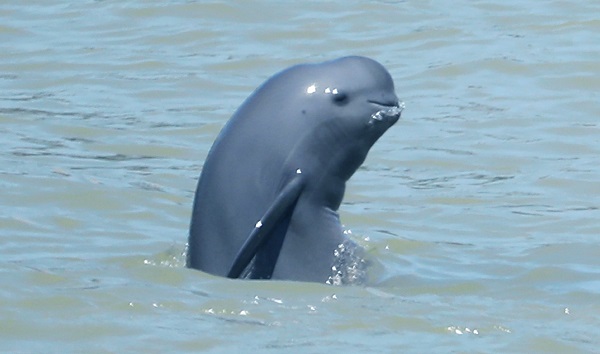
The Yangtze finless porpoise is the only freshwater porpoise found in the world. It resides in the Yangtze River in China and there are roughly 1,200 left.
This critically endangered porpoise is usually grey and is quite small compared to other porpoises. It can grow up to 8 feet in length and weigh up to 150 pounds.
In China, the Yangtze finless porpoise has been designated as a “first-level protected species”, which is the highest level of protection given in the nation.
10. Sumatran Elephant
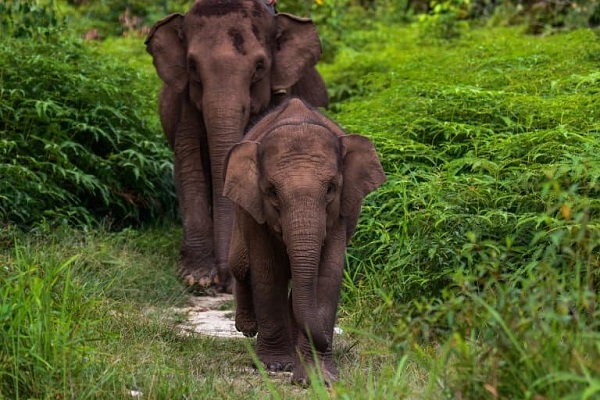
According to the WWF, there are between 2,400 and 2,800 Sumatran elephants left in the wild.
Along with the Sumatran rhino, tiger, and orangutan, Sumatran elephants reside in the forest habitats of Borneo and Sumatra.
RELATED: African Elephants: Guardians of the Ecosystem
Logging, infrastructure development, and agriculture are their primary threats, along with habitat loss due to deforestation.
Adult Sumatran elephants can grow up to 9 feet in height and weigh up to 5 tons. They feed on a variety of plants and are key to spreading seeds throughout the forest ecosystem.


